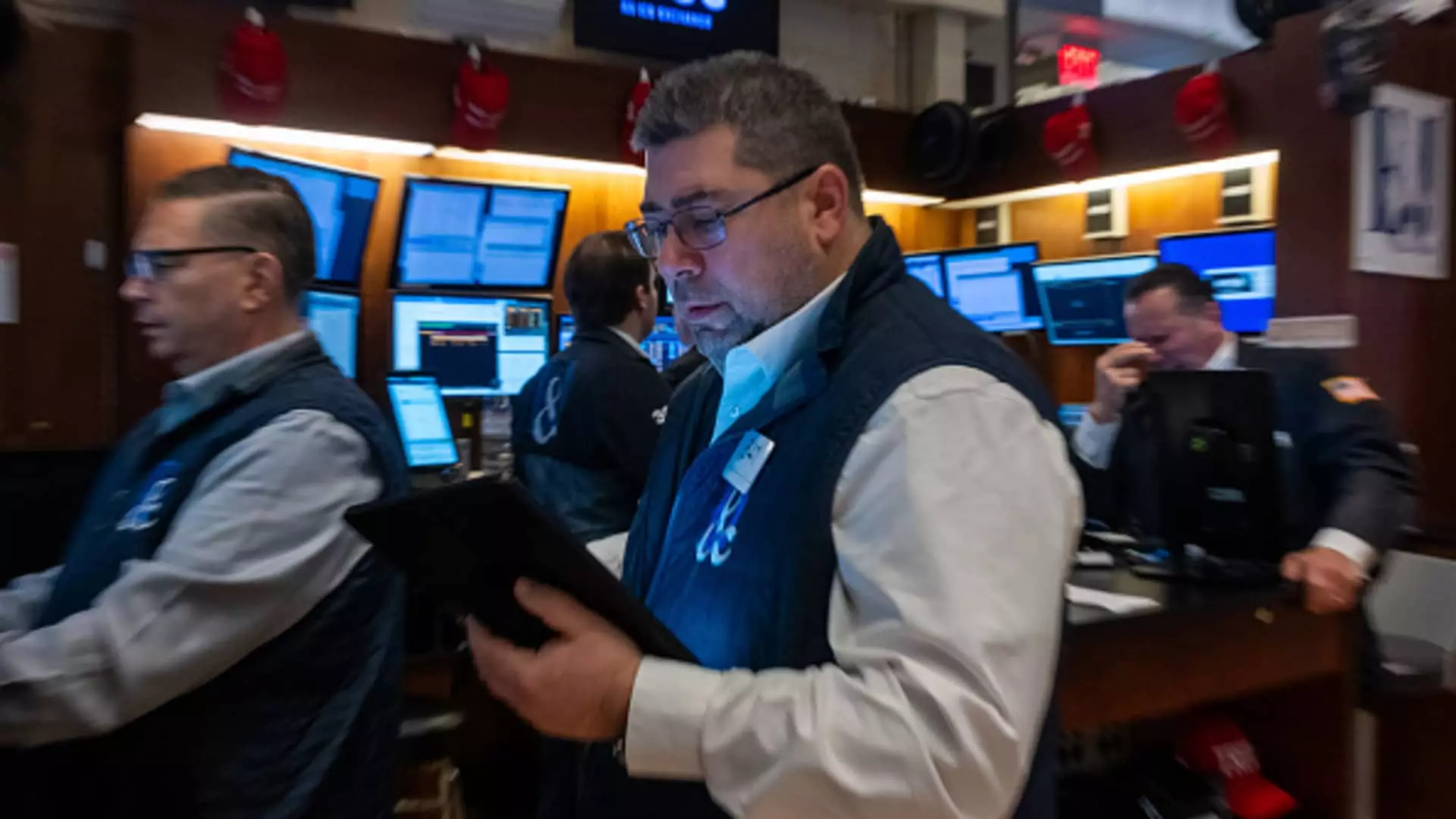In recent years, the financial landscape has witnessed a dramatic increase in trading volumes, with many investors making significant, bold bets on stock market movements. This surge in speculative behavior is particularly evident in the exchange-traded fund (ETF) sector, where investors are increasingly gravitating towards leveraged and inverse ETFs. These financial products enable traders to amplify their market exposure or hedge against market downturns, but they come with complex risks that are often misunderstood. As a result, it is critical for both novice and seasoned investors to thoroughly grasp the implications of using these instruments.
Leveraged ETFs are designed to magnify the returns of a given index or asset by employing various financial derivatives. For instance, a 2x leveraged ETF would aim to deliver a 2% return on a day when the underlying index rises by 1%. Conversely, inverse ETFs provide a mechanism for investors to profit from declines in market indices. If an index increases by 1%, a 2x inverse ETF would decline by 2%. The growth of these products is notable: from their introduction in 2006, leveraged/inverse ETFs have expanded significantly, especially with the launch of single-stock leveraged ETFs in 2022.
The investor demographic using these products signifies a shift in trading strategies, particularly influenced by the volatility and speed of market news. As observed by industry leaders like Douglas Yones, CEO of Direxion, the trend is shifting towards greater participation from retail investors opting for leveraged trades to express short-term market predictions. The democratization of trading through smartphone applications and accessible platforms further fuels this trend, particularly among younger traders who are increasingly interested in leveraging their investment strategies for potentially larger gains.
Growth Statistics: The ETF Universe
To put the expansion into perspective, consider this: in 2016, leveraged/inverse ETFs constituted only 2% of the total ETF universe, which reflected around $2 trillion in total assets under management (AUM). Fast forward to today, the overall ETF market has burgeoned to approximately $11 trillion, with leveraged/inverse ETFs representing nearly 8% of that figure, approximately $81 billion. This growth is substantial and suggests that more investors are responding to the quick fluctuations in markets by utilizing these unique financial tools.
Furthermore, according to Todd Sohn, head of ETFs at Strategas, younger retail investors, in particular, express considerable appetite for leveraging due to the tantalizing prospects of short-term gains. This demographic shift towards more aggressive trading styles has prompted many participants to engage actively in highly volatile sectors, including technology, without fully understanding the risks involved.
Investors often overlook a pivotal aspect of leveraged and inverse ETFs: their daily reset mechanism. This daily rebalancing can lead to outcomes that significantly diverge from expectations, especially over longer time frames. A common misconception is that holding these products will yield consistent returns based on their leverage ratio. However, as compounded effects set in, the actual returns can be drastically different from what an investor anticipates.
For instance, if an investor places $100 in a 2x leveraged ETF and the price moves up 10% one day and then down 10% the next, the results may be counterintuitive. Actual investment values can deteriorate due to market volatility far more than one might predict merely by calculating the returns based on the percentage movements. With this in mind, these financial instruments are explicitly stated by issuers as unsuitable for long-term hold strategies, leaning more towards traders seeking immediate profit realization.
Final Thoughts: Risk and Strategy
The proliferation of leveraged and inverse ETFs signals a major shift in trading strategies and investor behavior amidst rising market speculation. While these products may offer lucrative opportunities for quick gains, it is crucial that investors approach them with caution. Understanding their mechanisms, particularly the daily reset feature, is essential for managing risks effectively.
Investors must take stock of their investment strategies and mindfully assess their risk tolerance when participating in leveraged trading. As pointed out by various market experts, including Todd Sohn, investors need to remain vigilant, especially during market downturns. Ultimate success in the stock market requires not only recognizing opportunities but also skillfully navigating potential pitfalls associated with high-leverage trading.

Leave a Reply